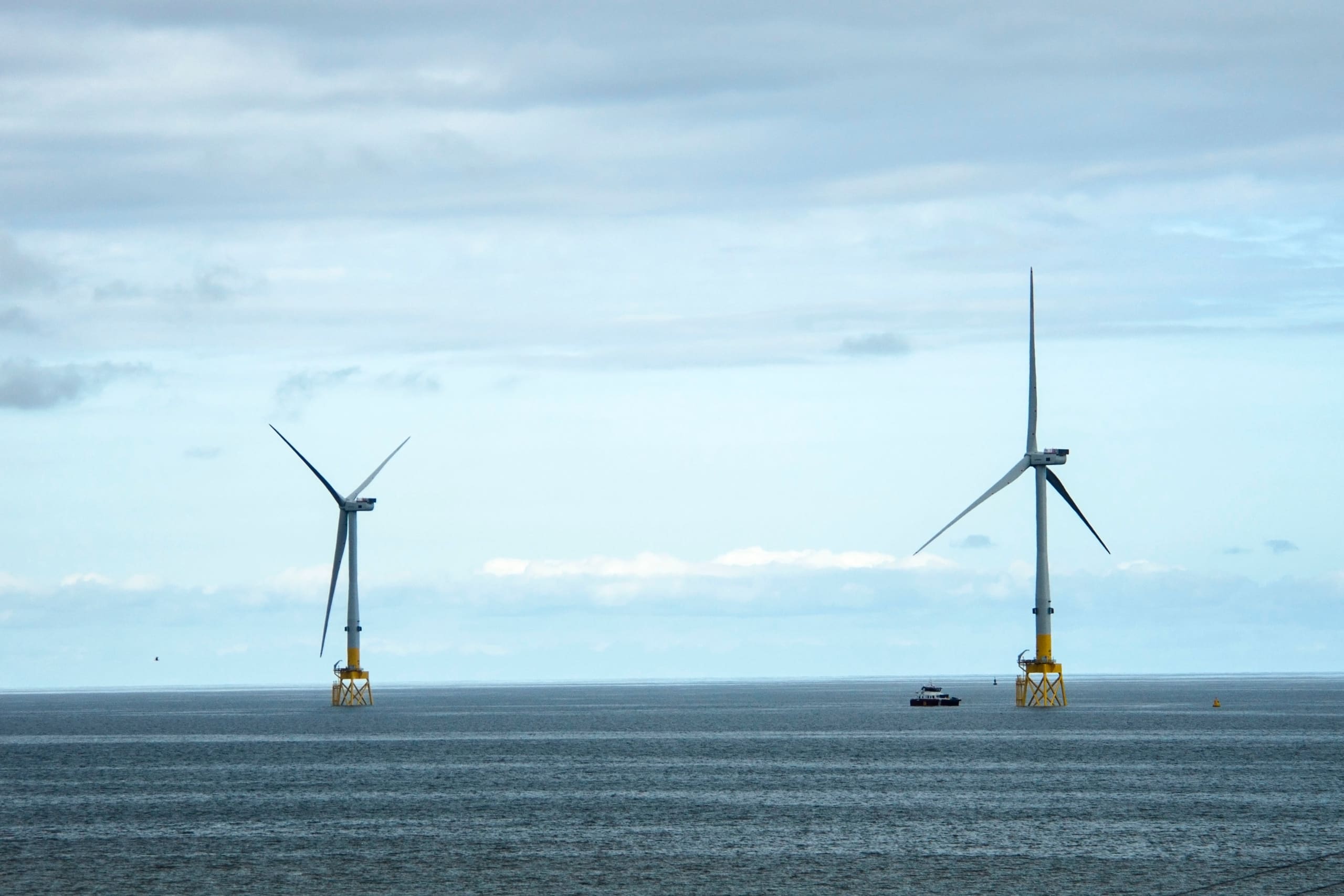On the 24th of October, Japan’s Ministry of Economy, Trade, and Industry, with Denmark’s Ministry of Climate, Energy and Utilities, signed a letter of intent to collaborate on floating offshore wind. The agreement is aimed at establishing a bilateral framework to promote research and development in the floating offshore wind industry. It follows on from the signing of a separate Energy Cooperation Agreement between both governments in March 2022.
Japan’s Offshore Wind
Japan aims to have a 10GW capacity of offshore wind by 2030, increasing to 45GW by 2050. Its first offshore wind farm came online in December 2022, with a capacity of 136MW. However, recently Japan announced its intentions to become a world leader in offshore wind energy production. This comes as the country aims for renewables to contribute 36-38% of its energy mix by 2030, up from the current 20%. Additionally, it has set a goal to achieve carbon neutrality by 2050. From this, we expect there to be a strong reliance on offshore wind. This is because it has a superior efficiency compared to onshore wind.
The letter of intent follows the Japanese government finishing a second round of offshore wind auctions to build 1.8GW of capacity in June. Additionally, Japan is in the process of developing a strategy for floating offshore wind energy, scheduled for completion by March 2024.
A Collaboration of Two Governments
Denmark has been an industry leader in the offshore wind industry since its inception. Denmark’s Ørsted built the world’s first offshore windfarm in 1991 when most believed it simply was not practical. Meanwhile, Japan has holdings in offshore wind projects around the world from the UK to Belgium and Taiwan. However, it is still yet to build any large-scale projects of its own.
Rho’s Evolution
Offshore wind offers the positive of not being limited by space, the way onshore wind and solar are. Floating offshore wind is poised to revolutionise the wind industry, as it gives the ability to build wind farms in deeper water. This will open new areas of the ocean to harness more wind.
Historically, Japan has…
___________________________________________________________________
To read the rest of the article, and for full access to our news and insights, log in to our Membership Platform.
If you are not a Member, you can request a trial of the platform:
___________________________________________________________________
Energy Matrix Whitepaper
For more information on the renewable energy market, you can request our Energy Matrix Whitepaper. The whitepaper focuses on both energy supply in terms of wind, solar and electricity and energy demand from the perspective of industry, buildings and transport.
Image credit: Adobe Stock

 Back to News
Back to News